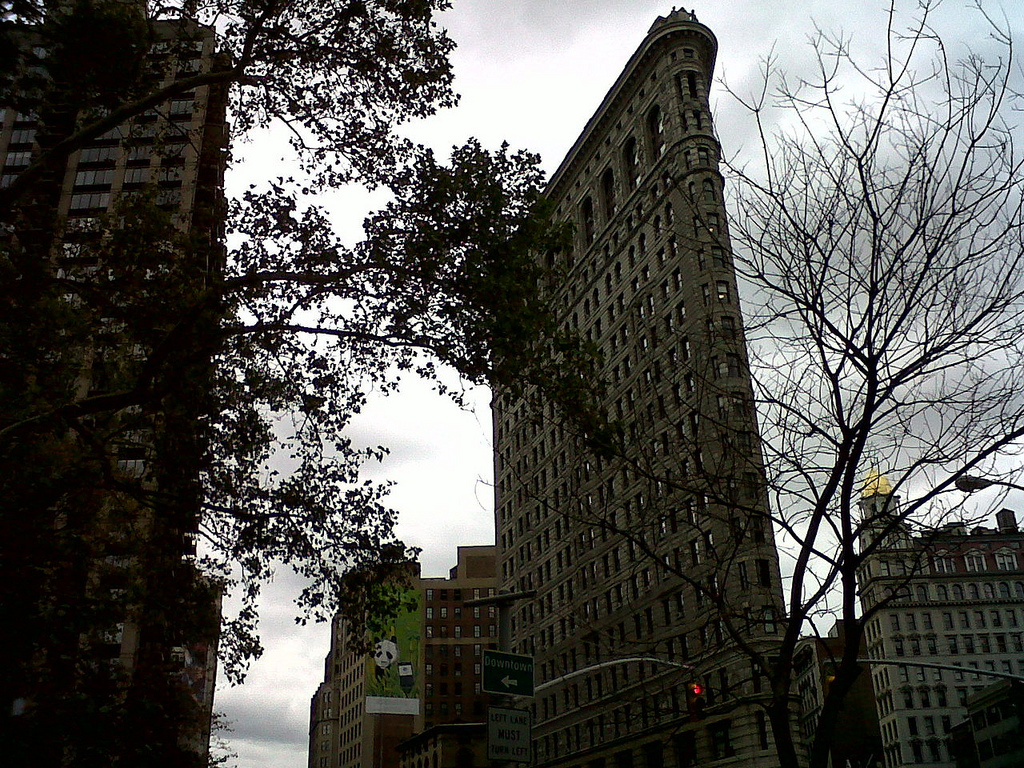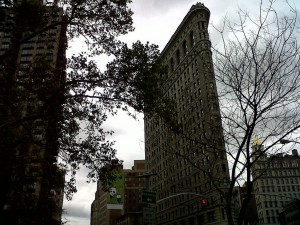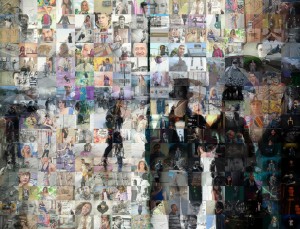That is an incredibly lofty title for a post that doesn’t necessarily say anything original, but in the age of crowdsourcing perhaps we are pushing past notions of individual originality as a precursor for recognition? I hope as I am not inherently an original man, but more of a cobbler of other ideas. So, there is a great deal I am borrowing liberally from here, endless initiatives to embrace the intersection of cultural heritage, augmented reality, mobile learning, and the affordance of new technology in expanding their impact. I am also coming at this more from an emotional/cultural/ historical perspective than from a purely scientific one. I believe in the power of technology to augment human emotion/passion/intellect on massive canvases (general optimist), but don’t buy into the dystopian technologist point of view as cold, calculated, artificial. I have written about this before.
All that being said….
I am most interested in initiatives often broadly described as urban playscapes, smart urban design, etc., all those that basically make that basic unit of modern life, the city, into an intelligent, organic place. There is a lot of work in this field so these are just general impressions. I believe in participatory design, in allowing design to be shaped by the composite of people experiencing it. I believe in cities as composites of individuals, their desires, wants, memories, aspirations, basic needs. Mobile learning and crowdsourcing offer us some unique examples in this regard.
Cities as Composites
Designing cities as learning, pliable organisms in cadence with their environments requires mechanisms for communicating with them. People communicating with cities and vice versa. So, not just geopositioning a tweet (although that is basically the idea), but embedding a tweet in objects. I am generally interested in embedding collective memory in physical spaces as an encapsulation of our shared history, but it goes beyond that. Seeing these places as a composite of all our shared memories is interesting to me. I want to go to a place that is special to me (nothing is stopping me), post an image or a tweet and a short reflection (outside a particular service like Twitter or even Posterous) and embed that in the site. Hundreds of people do that over a course of time and we have a living space, one capturing the emotional content of the space. A massive bulletin board or endless love letter, writ collectively (I am retreating into metaphor here). How Pont Neuf reminds me of the sublime and exotic sensation of the approaching autumn, how the view of the Flatiron Building from the adjacent park reminds me of ambition, unrealized and F. Scott Fitzgerald. I literally want to embed Apollinaire reciting Le Pont Mirabeau ‘in’ Le Pont Mirabeau in Paris. If I had the tools, I would tell you why all of that was true.
Now all of this emotional, nostalgic content can be exported, visualized (think We Feel Fine but for places-We Feel Fine is far and away my favorite emotional visualization tool), and used to inform design future of the area in question. Not just emotionally. But a bulletin board approach for need. Posting what you want this space to be (there is a lot of experimentation with this already), what you need it to be, how if it was this new thing it would make your life all the easier. Design and pattern language emerges if done on a collaborative scale. Cities organically evolve according to the shared emotional history and collective needs of the composite. Why not even have modeling apps (virtual clay) to design intersections, walkways, public spaces, parks? Submit ideas and the winner (or the composite of winners) gets the park named after them. A bit of gaming here, but crowdsourcing design via mobile devices (at least for the time being we submit these through mobile devices), but those memories and suggestions ‘live’ in the object. Not just ergonomic data about temperature, emissions, electricity use, carbon footprints, and so on, but the emotional residue of generation after generation walking this spot, living their dreams, failures, and lives under the canopy of the city’s proscribed space. The city as cradle as opposed to harsh taskmaster.
Emotional Residue
This is what I am interested in from a design perspective. Embedding memory in spaces, both macro (history of society) and micro (my history). This is where I asked my wife to marry me, this is where I got into my first fight, this place informed all of that. Life as interactive, life as perpetually reflective, life as a learning experience from the moment you walk out the door. So, this emotional embedded residue is filtered as desired, visualized, even transcribed to audio. I go to a place and want to know what my circles of friends, colleagues, affinity groups, even ambient noise thought of this place, what they wanted it to be, how it moved them. I am informed by this and compelled to record my own thoughts, let other’s thoughts cascade over me, inform my sense of place and my place within the community.
Filters triggered by function. A class filters by embedded history (even via Wikipedia), class notes embedded by the teacher, thoughts from other students. We have this for recommendation services (like Yelp, Gowalla, Foursquare to some degree), but need it for academic/intellectual/emotional content as well. You run a project like this through its paces with five academic types (Cornell West/Noam Chomsky and their ilk would be provocative, engaging, and altogether indecipherable choices) and have them post what they see and interact with over a course of a year and away you go. Who wouldn’t want to see how artists interact with their environments, what inspires them, what thwarts their creativity? A living atlas of our shared intellectual and emotional history.
More importantly, I think, for society is that this represents an augmented extension of the city as composite unit. City not just as physical space, but as container for collective memory. This emotional content informs design, or at least it should. It allows people to say that there used to be a park over there and should be again. Or that spot in Seoul next to the palace is meaningful to me and should be honored. Or even the location of this bus stop is dreary, any chance of moving it over there in the sunlight?
What We Need
In my completely non-technological understanding of this, what we need involves
- open data standards for this stuff-none of it can live in a walled garden of application specificity. It has to be whatever I want it to be (reasonably so). An image, text, video, SMS should be able to be included regardless of device or format. I don’t think we are there yet on this one, but I see some push towards these standards. We want accessibility from Timbuktu to Tokyo.
- respect for anonymity and privacy- I can post in secret. I can maintain my privacy. I can share with circles of my choosing. Also requires standards in social networks and grids of connections.
- respect for the composite/city- this is a two way street. The people inform the design and the subsequent designed city informs the people. It is important to respect the crowdsourced design as a manifestation of our collective and shared history. As a living artifact of collective will.
- Import/Export (from afar)- it should be possible to export this collective memory or at least visualize it. Like a heat map for a building or neighborhood, but the heat being emotional content. And it should be possible without being there. Pity the poor teacher having to embed a whole lesson at a place before the class actually goes to the place. That being said, embedded content posted at the point of contact (at the site) should be given design precedence.
- Fun factor-make people believe, through design and subsequent use of posted content, that their memory is important, it informs our collective future, it is legacy. People want legacy, an idea that I was here to and that my presence was felt, more than designers give them credit for. Game it, if you want, in the design. Compel people to participate, if only to be heard.
So now just to start the mechanisms for collecting the design input. This might be more a digital humanities project than a purely mlearning one, but they intersect quite nicely here.




